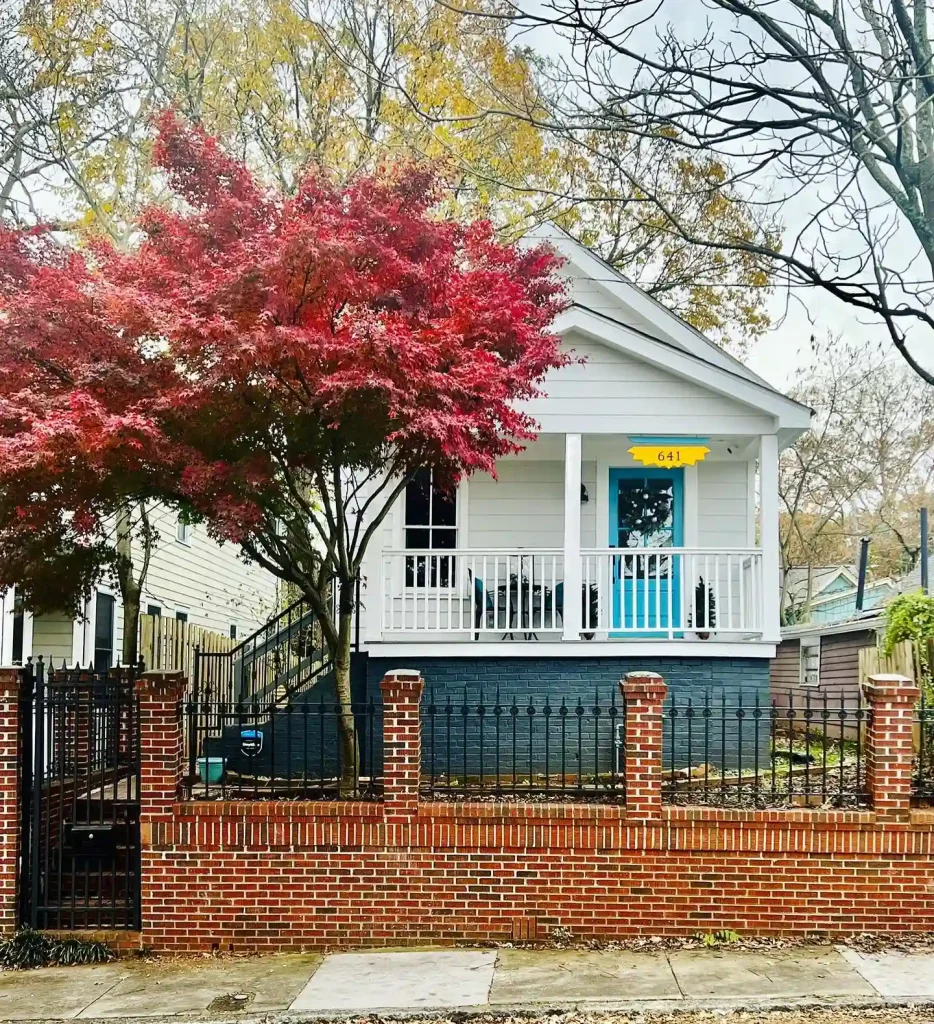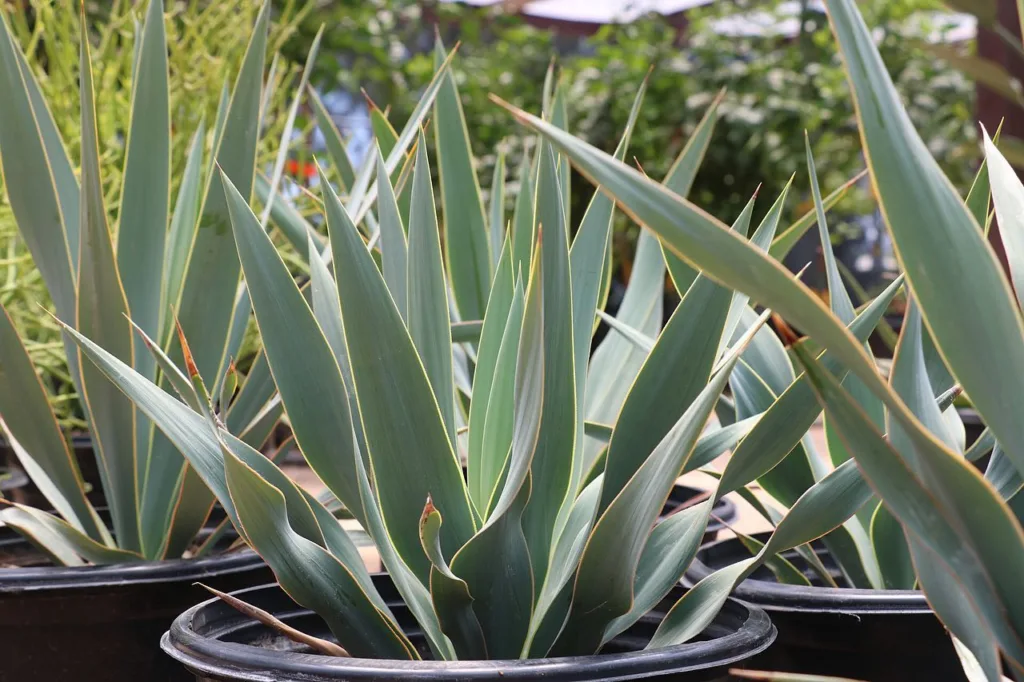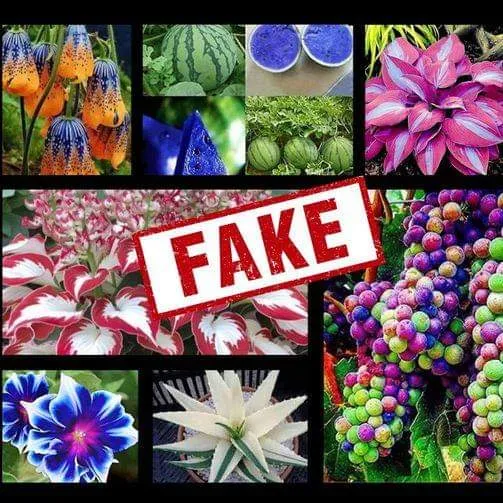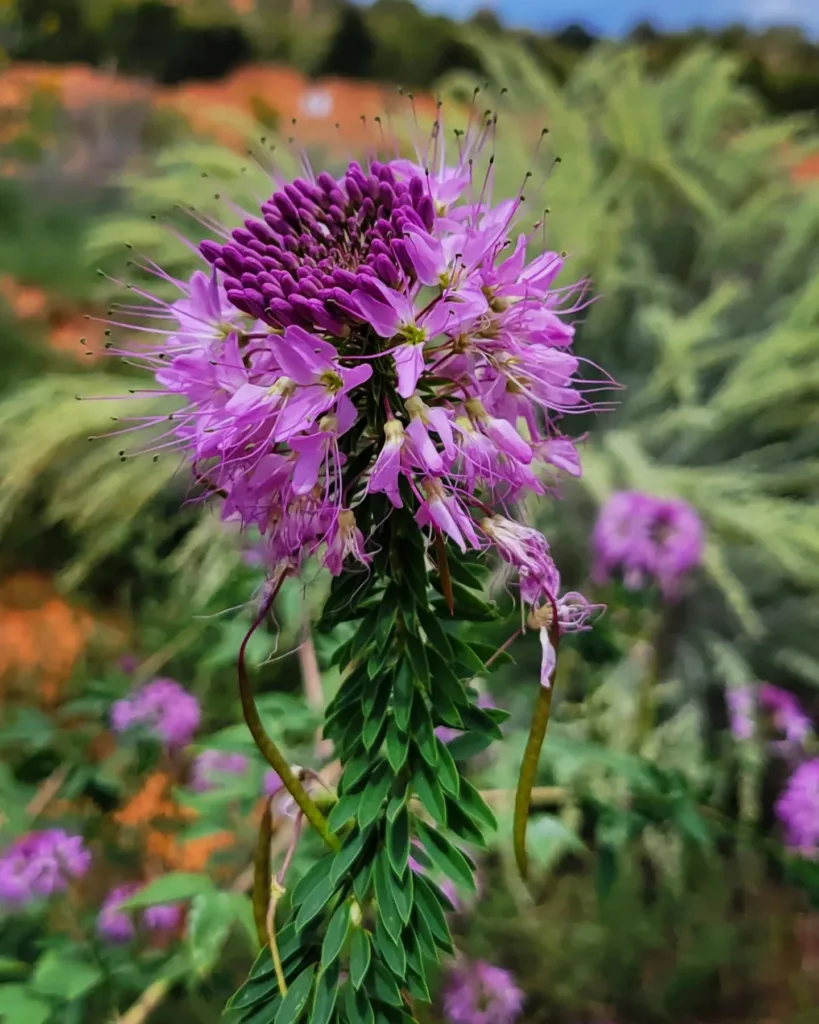FAQs About Cleome Gynandra
As a plant enthusiast, I’ve had my fair share of experiences with various species, and Cleome Gynandra has become one of my favorites. This unique plant, often called Spider Flower, boasts stunning blooms and has a fascinating range of uses. Here are some frequently asked questions I encounter about Cleome Gynandra, drawn from my experiences and research.
200 Species in Genus Cleome – Spider Flower
What is Cleome Gynandra?
Cleome Gynandra is an annual flowering plant native to tropical Africa and Asia. Its striking flowers, typically pink, purple, or white, grow atop tall, spiky stems, giving it a distinctive appearance. Beyond its beauty, this plant is known for its edible leaves and seeds, making it a versatile addition to any garden.
How to Grow Cleome Gynandra?
Growing Cleome Gynandra is quite straightforward. Here’s how I do it:
- Choose the Right Location: This plant thrives in full sun. I’ve found that at least six hours of sunlight daily is ideal for robust growth.
- Soil Preparation: A well-draining soil mix enriched with organic matter works wonders. I usually amend my garden soil with compost to provide the nutrients Cleome needs.
- Planting Seeds: I typically sow seeds directly into the garden in spring after the last frost. They can be spaced about 12 inches apart to allow for their sprawling growth. If starting indoors, I recommend transplanting them after the danger of frost has passed.
- Watering: Regular watering is key, especially in the early stages. I keep the soil consistently moist but not soggy. Once established, Cleome Gynandra is relatively drought-tolerant.
- Fertilization: A balanced fertilizer applied every few weeks encourages blooming. I usually opt for a liquid fertilizer to provide nutrients directly to the roots.
How to Care for Cleome Gynandra?
Caring for Cleome Gynandra involves a few simple steps:
- Pruning: I find that deadheading the spent flowers encourages more blooms. Regular pruning also helps maintain a tidy appearance.
- Pest Management: While pests aren’t usually a major issue, I keep an eye out for aphids. A gentle spray of water or insecticidal soap can help manage any infestations.
- Watering Needs: As mentioned, while they are drought-resistant, I still give them a good soak during prolonged dry spells to keep them thriving.
How to Propagate Cleome Gynandra?
Propagating Cleome Gynandra is mainly done through seeds. I usually collect seeds from my plants at the end of the growing season. Here’s how:
- Seed Collection: I wait until the seed pods dry out completely before harvesting.
- Sowing Seeds: I store the seeds in a cool, dry place until spring, when I sow them following the same steps as when growing from seed.
What to Plant With Cleome Gynandra?
Companion planting can enhance the beauty and health of your garden. I often pair Cleome Gynandra with plants like:
- Zinnias: Their bright colors complement the blooms beautifully.
- Cosmos: These share similar growing conditions and attract pollinators.
- Marigolds: They help deter pests, creating a win-win scenario in the garden.
Can You Grow Cleome Gynandra Indoors?
While I usually grow Cleome Gynandra outdoors, it can also be grown indoors if you provide adequate sunlight. A south-facing window or a grow light is essential for successful indoor cultivation.
Is Cleome Gynandra Toxic?
One of the frequently asked questions I get is about toxicity. Cleome Gynandra is generally considered non-toxic to pets and humans, making it a safe choice for gardens. However, it’s always wise to monitor for any allergic reactions when handling plants.
Benefits of Cleome Gynandra
In my experience, Cleome Gynandra offers several benefits:
- Attractive Blooms: The flowers are visually stunning and attract pollinators like bees and butterflies.
- Edible: The leaves and seeds can be consumed. I’ve tried the leaves in salads, and they have a unique flavor.
- Drought Tolerance: Once established, this plant can thrive even with minimal water, making it perfect for low-maintenance gardens.
Common Problems with Cleome Gynandra
While Cleome Gynandra is generally hardy, it can face a few issues:
- Leggy Growth: If it doesn’t receive enough sunlight, it can become leggy. I combat this by ensuring it’s planted in full sun.
- Fungal Diseases: Overwatering can lead to root rot or fungal issues. I’ve learned to water carefully to avoid these problems.
Comparison with Similar Plants
Cleome Gynandra is often confused with other Cleome species, such as Cleome Hassleriana. While both are beautiful, Cleome Hassleriana is primarily grown for its ornamental value, while Cleome Gynandra has culinary uses.
In conclusion, my journey with Cleome Gynandra has been fulfilling and educational. This plant’s unique characteristics and versatility make it a great addition to any garden. If you’re considering growing it, I hope this FAQ has answered your questions and inspired you to give it a try!
If i die, water my plants!



